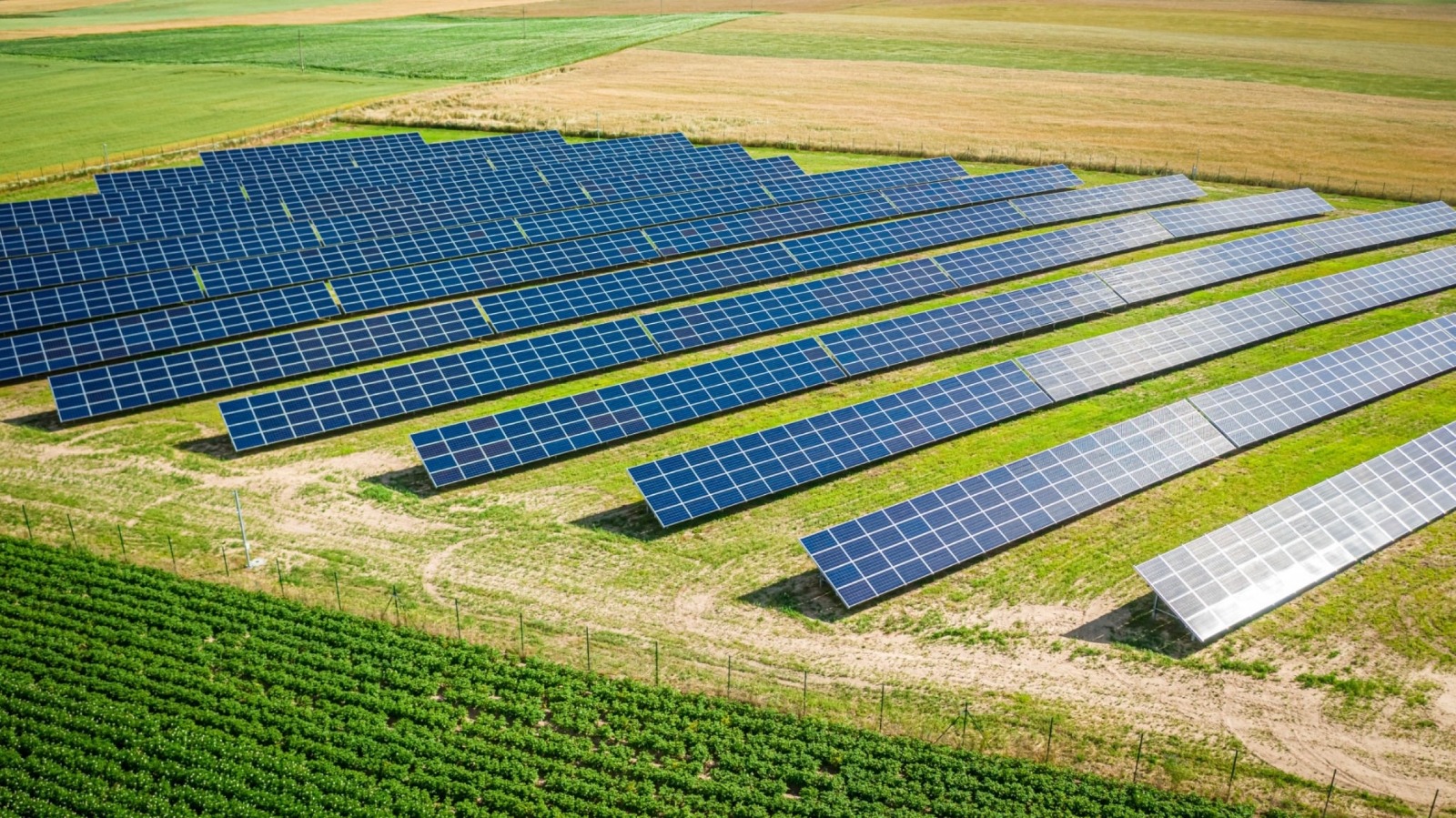Solar energy has become an increasingly popular source of renewable energy, and solar panels are becoming more affordable and efficient with each passing year. Silicon heterojunction solar cells are a type of solar cell that is leading the charge in the industry by taking solar technology to the next level.
Silicon heterojunction solar cells are a new type of solar cell that combines two different types of silicon. These solar cells use a thin layer of amorphous silicon on top of a crystalline silicon wafer. The amorphous silicon layer acts as a passivation layer, reducing surface recombination losses and improving cell efficiency.
One of the advantages of silicon heterojunction solar cells is their high efficiency. These solar cells have achieved efficiencies of up to 26.7%, which is higher than traditional silicon solar cells. This is because the amorphous silicon layer on top of the crystalline silicon wafer reduces losses due to recombination and reflection.
Another advantage of silicon heterojunction solar cells is their low temperature coefficient. The temperature coefficient of a solar cell refers to how much the cell’s efficiency decreases as the temperature increases. Silicon heterojunction solar cells have a low temperature coefficient, which means they maintain their efficiency even in high-temperature environments.
Silicon heterojunction solar cells also have a high open-circuit voltage, which is the maximum voltage that a solar cell can produce without any external load. This is an important characteristic as it determines the maximum power that the cell can produce. The high open-circuit voltage of silicon heterojunction solar cells is due to the low recombination rates of the amorphous silicon layer.

In addition to their high efficiency and low temperature coefficient, silicon heterojunction solar cells also have a long lifespan. They are highly stable and have been shown to maintain their efficiency over extended periods of time.
One of the reasons why silicon heterojunction solar cells have such high efficiency is due to the low reflectivity of the amorphous silicon layer. This layer is only a few nanometers thick, which allows it to absorb more light and reduce reflection losses.
Another reason why silicon heterojunction solar cells are so efficient is due to the use of a thin-film passivation layer. This layer is made of amorphous silicon and helps to reduce the recombination of electrons and holes at the interface between the silicon and the metal contacts. This reduces losses due to recombination and improves cell efficiency.
Silicon heterojunction solar cells also have a simple fabrication process. The process involves depositing a thin layer of amorphous silicon on top of a crystalline silicon wafer. This can be done using a variety of techniques, including plasma-enhanced chemical vapor deposition and sputtering. The simplicity of the process makes it easy to scale up for mass production.
While silicon heterojunction solar cells have many advantages, there are still some challenges that need to be addressed. One of the main challenges is reducing the cost of manufacturing these solar cells. While the process is relatively simple, the cost of the equipment used to produce the amorphous silicon layer is still relatively high.
Another challenge is improving the stability of the amorphous silicon layer. While these solar cells have shown long-term stability, there is still room for improvement. Researchers are exploring different materials and deposition techniques to improve the stability of the amorphous silicon layer.
In conclusion, silicon heterojunction solar cells are leading the charge in the solar energy industry by taking solar technology to the next level. These solar cells have many advantages, including high efficiency, low temperature coefficient, and long lifespan. They also have a simple fabrication process and a low reflectivity layer.
As the world continues to shift towards cleaner and more sustainable energy sources, silicon heterojunction solar cells offer a promising solution for meeting our energy needs.



